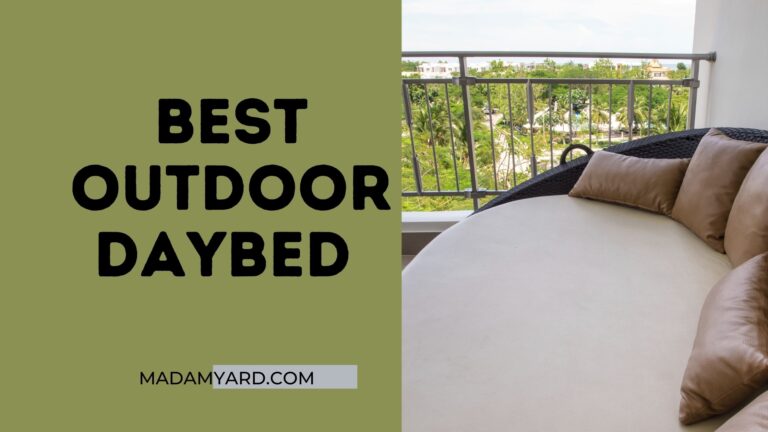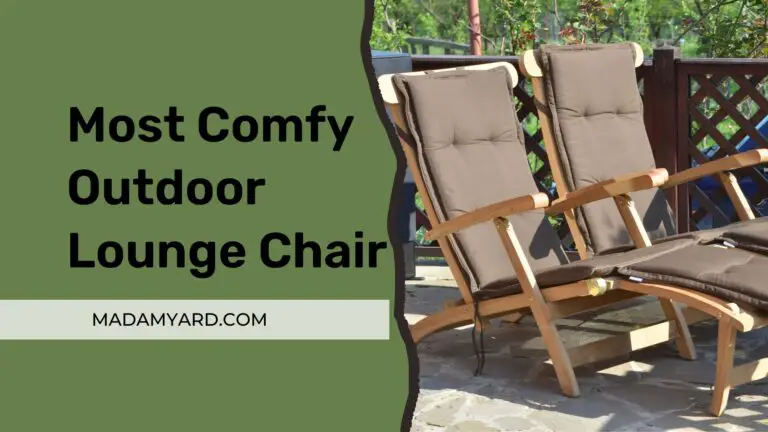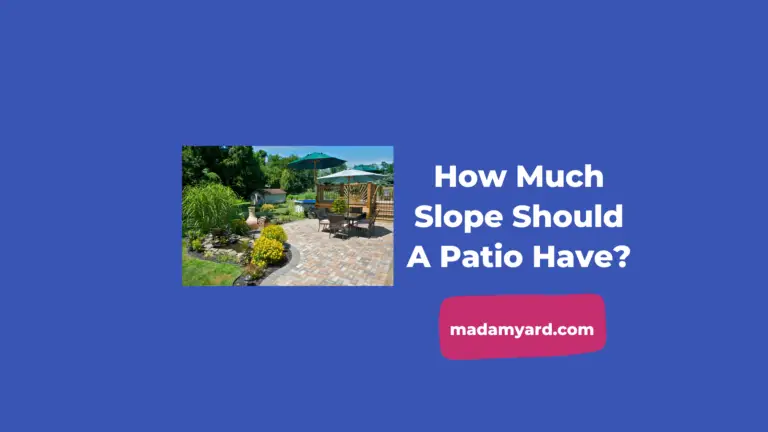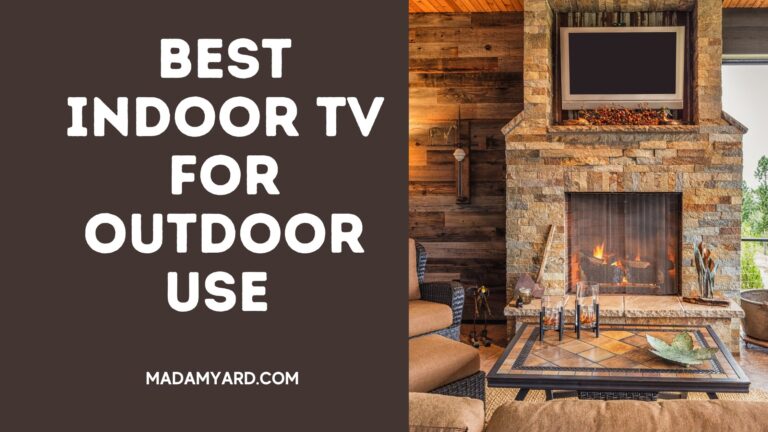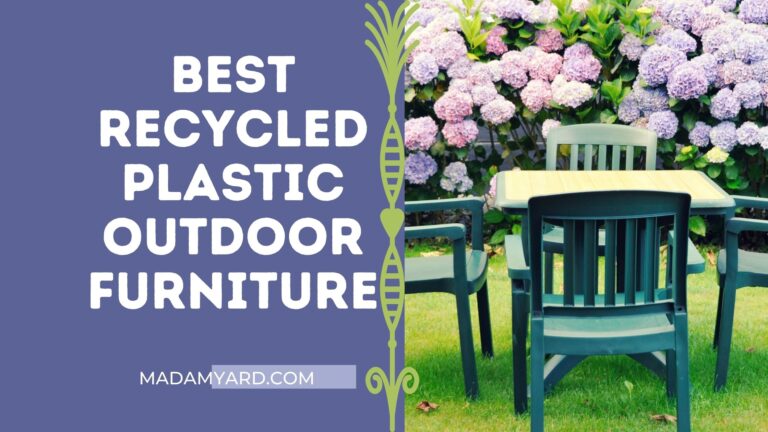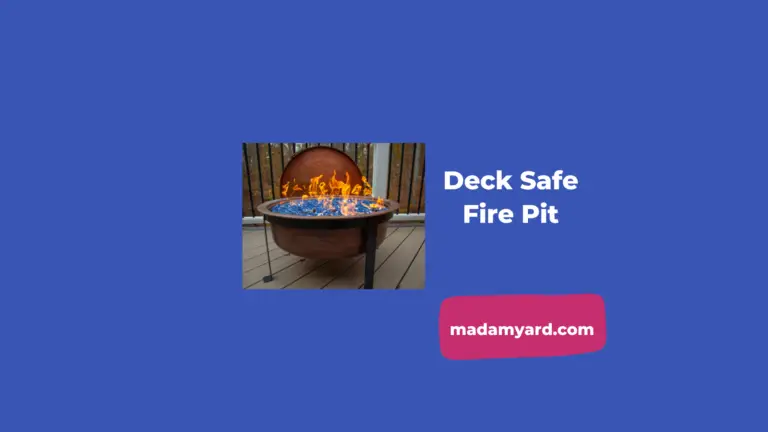Can a gazebo withstand heavy rain?
A gazebo is a great addition to any backyard, but can it withstand heavy rain? Gazebos are usually made out of metal or wood, and both materials can affect how well they hold up to rain. Metal gazebos are more susceptible to rusting and decay, while wood can be damaged by rot and insects. If you have a gazebo used in heavy rain, make sure to keep it clean and inspect it for damage every year.
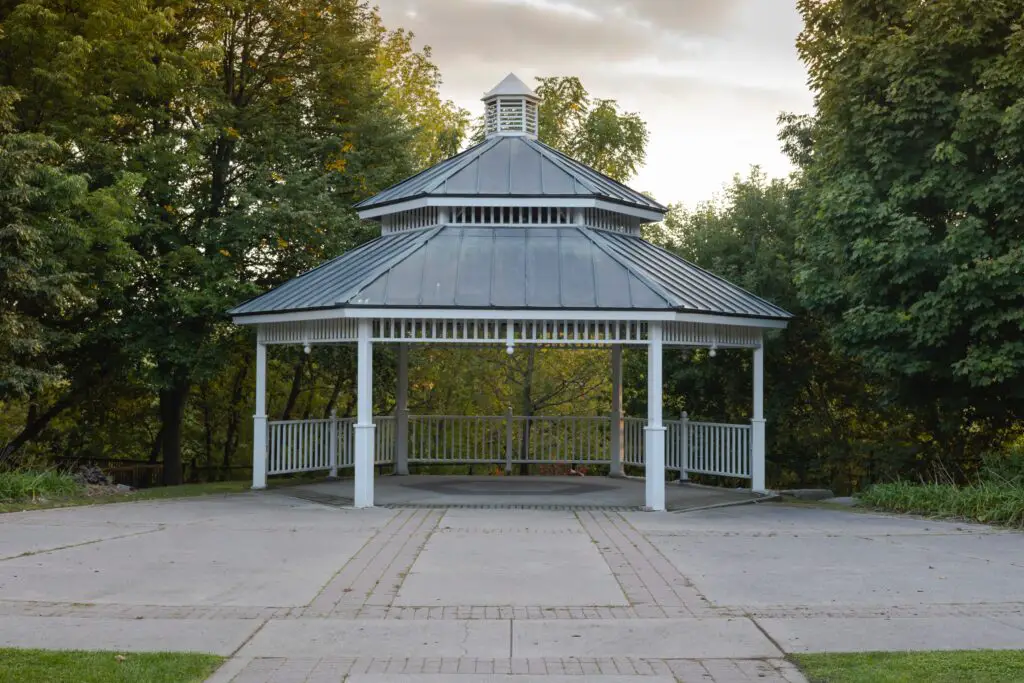
What factors affect a gazebo’s ability to withstand rain?
1. Frame Anchors
Frame anchors are a great way to ensure that your gazebo can withstand heavy rain. By bolting down the anchors, you can ensure that the structure will not move in any direction. This is important as a gazebo that moves during a rainstorm can cause serious damage. It is also important to make sure that the bolts are tight and have a large enough head to fit under the ground.
2. Vented Roof
A ventilated roof, whether it’s a dual-stack roof or merely slots on the top, is critical for various reasons.
As far as weather, the vent is there to let air in. Because the wind has somewhere to go, it doesn’t have as much force on the roof. This is why you might see patio umbrellas that look a lot like this, so they don’t blow away in the wind.
The vent is also great at cutting down on the heat under the gazebo. A galvanized steel roof makes this even more true because metal can keep heat in. Most people know that heat rises, and now we’re giving it a place to go to cool down.
Another benefit of a ventilated roof is that you may set your barbecue under the gazebo without worrying about the smoke buildup. Some gazebos, particularly the smaller ones, are made with grills. It’s now possible to barbecue your favorite cuisine while enjoying some cover and protection from the weather!
3. Hardtop Roof
There are two main types of gazebos: soft-top roofs and hard-top roofs. They both have a roof. It is possible to make a soft-top roof with a wide range of different types of cloth. This makes the gazebo lighter, so it doesn’t have to be as heavy. That’s good for being easy to move and sometimes easier to set up, but it doesn’t protect against a lot of rain.
What Are The Benefits Of Hardtop Roofing?
A hard-top roof is stronger and more durable than a soft-top gazebo. Due to its heavyweight, the hard-top top is better able to endure strong winds and maintain its frame anchors in place.
Hard-top gazebos outperform soft-top gazebos in terms of snow resistance. It’s called “snow load,” and the amount of snow that can build up on the roof is usually measured in pounds. It’s called “snow load,” and the amount of snow that can build up on the roof is generally measured in pounds.
Is a Hardtop Gazebo Rustproof?
Polycarbonate and galvanized steel serve as the hard-top gazebo’s primary materials. From galvanized steel to plain steel, rust will eventually set in. Polycarbonate is made of a material that can be heated up. Even though they don’t rust, polycarbonate roofs deteriorate with time,
UV radiation is polycarbonate’s primary enemy. In most cases, gazebos will come with a coating that protects them from the sun’s UV rays. Aftermarket coatings can also be used to protect the roof of your gazebo.
4. Gutters
As a part of a roof system, gutters may protect a gazebo from heavy rain and snowfall, as well as wind and hail. Aside from preventing mud and ice buildup, gutters help to redirect water from the gazebo’s base.
The use of gutters helps to protect your gazebo from heavy rains. It can also increase its lifespan by preventing water damage that could lead to rot. By ensuring your gutters are in proper working order, you can enjoy your gazebo for years to come!
Can a gazebo stay up all year round?
A gazebo with a hard-top roof can stay up year-round, even on a windy or rainy day. However, a gazebo with a soft or fabric roof will not last long in the weather.
Most gazebos are made of materials that will deteriorate if exposed to the elements for an extended period of time. A hard-top gazebo will not have this problem and will last much longer than a soft or fabric roofed gazebo.
Can I leave my gazebo up in the rain?
Yes, you can leave the hard-top roof gazebo in the rain. But not for a gazebo with a canopy or soft roof.
What Are The Best Gazebos For High Wind And Heavy Rain?
A permanent gazebo (hard-top roof) is the most weather-resistant option. Most gazebos can resist a storm if they are constructed of sturdy materials and have a substantial level of rainproofing. It is best to have a contractor build your permanent gazebo.
Party shelters make up the vast bulk of the gazebos you’ll find on the market. Set up, use for a day or two, then pack up and leave before bad weather.
During a storm, these gazebos should not be kept outside. Most gazebos are only meant to be used in good weather, but some can withstand hurricanes.
Final Words
A gazebo can withstand heavy rain if it is properly built and maintained. However, it is crucial to consider the location of the gazebo and the weather conditions in your area. A gazebo can provide a beautiful and sheltered spot for relaxation and enjoyment. Still, it is essential to take precautions to ensure its longevity.

